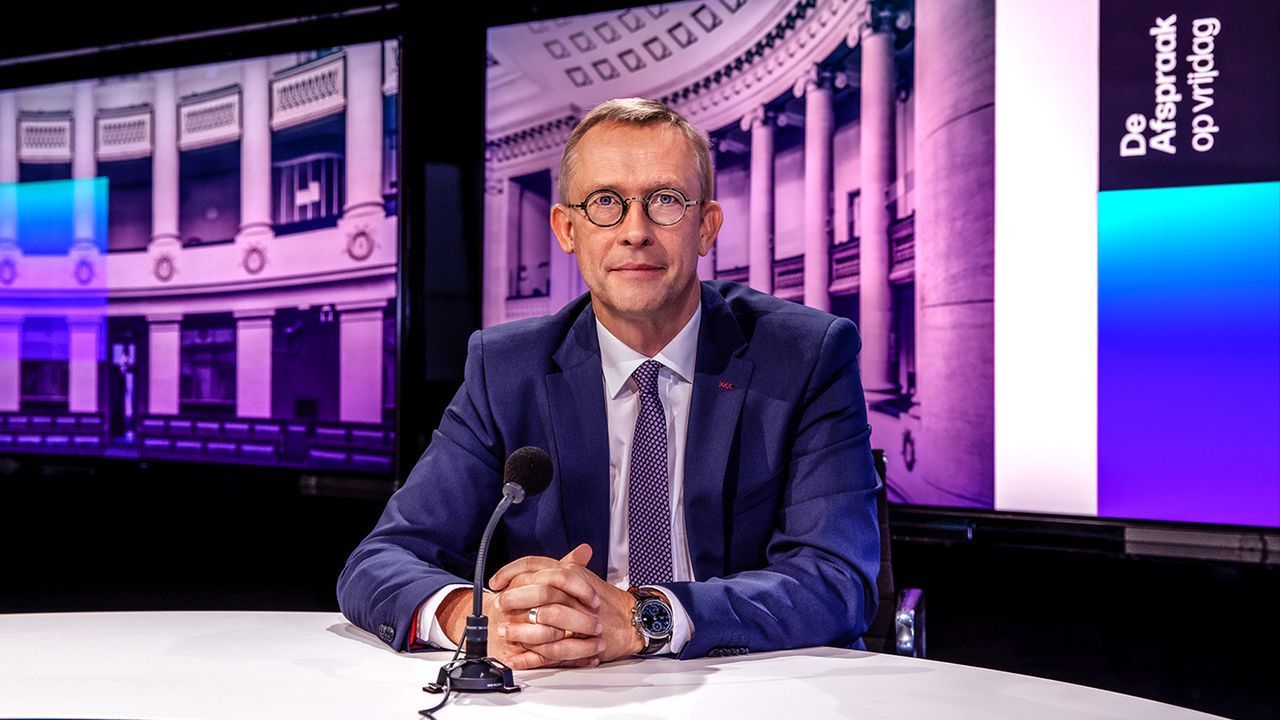The Challenge
VRT NU offers the possibility to rewatch their shows. Users can even watch specific sections of a show. If you want to watch a specific part of, let’s say ‘De Afspraak’, you can click on the topic that interests you and skip the other parts. Surprise, surprise: the classification of these episodes into separate segments was done entirely manually by VRT’s editors. Pretty boring, pretty repetitive, very time-consuming. And yes, we fixed this with AI.
The Solution
Automatic chaptering with AI
VRT had a clear vision. They needed an application to make chaptering easier. A lot easier. And this is where our expertise in artificial intelligence came in. At the start of the project, we were given a few requirements. On the one hand, knowledge transfer was one of VRT’s key demands. VRT wanted to transfer as much information as possible to their internal team, so they could continue to work with our tool. We’re all for transparency, so we went to work together with VRT’s internal team.

On the other hand, we had to enrich the videos with more metadata and use this data to segment the video. Why? This gives the client added value on top of chaptering. It means more information about their videos is now available. This metadata extraction step was super valuable, as it was an opportunity to cocreate features that would be relevant to the client in the future and solve the chaptering problem at the same time.
During the chaptering development itself, we iteratively experimented with different machine learning techniques. As a result, the developed algorithms can automatically divide all the episodes of De Afspraak into chapters. The transfer of knowledge has also ensured that the internal team at VRT can now get to work on developing this further into a product and making it more widely applicable. Even though the end-user might not see a difference at the end of this project, the automatic chaptering tool will undoubtedly reduce the workload of VRT’s staff. All thanks to the mix between human and artificial intelligence.
